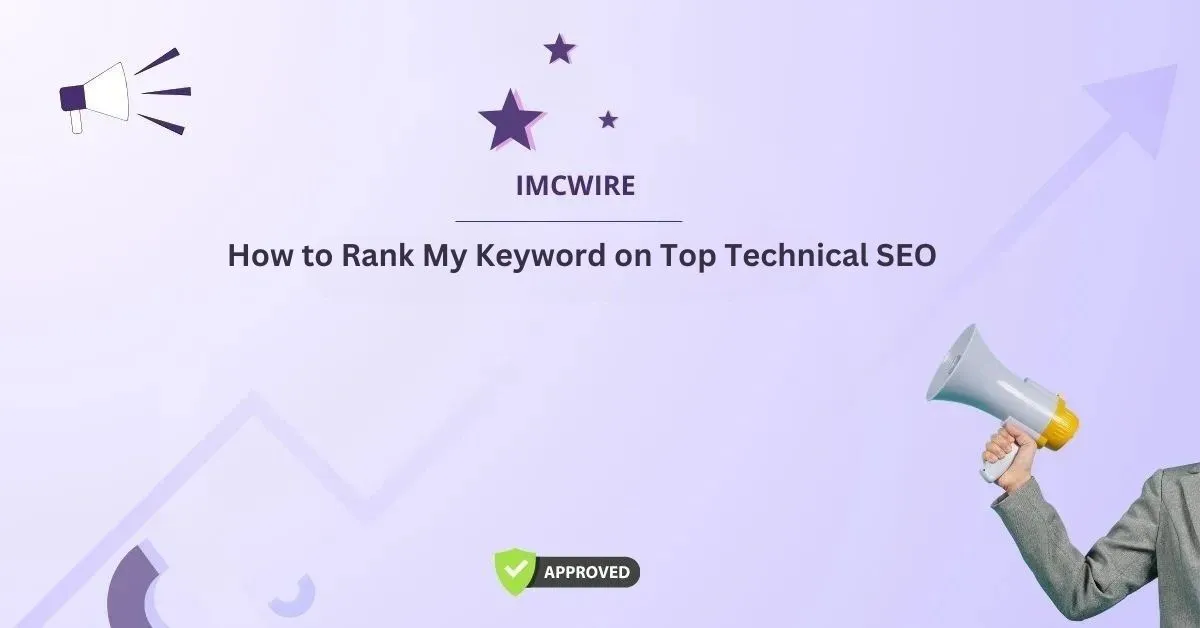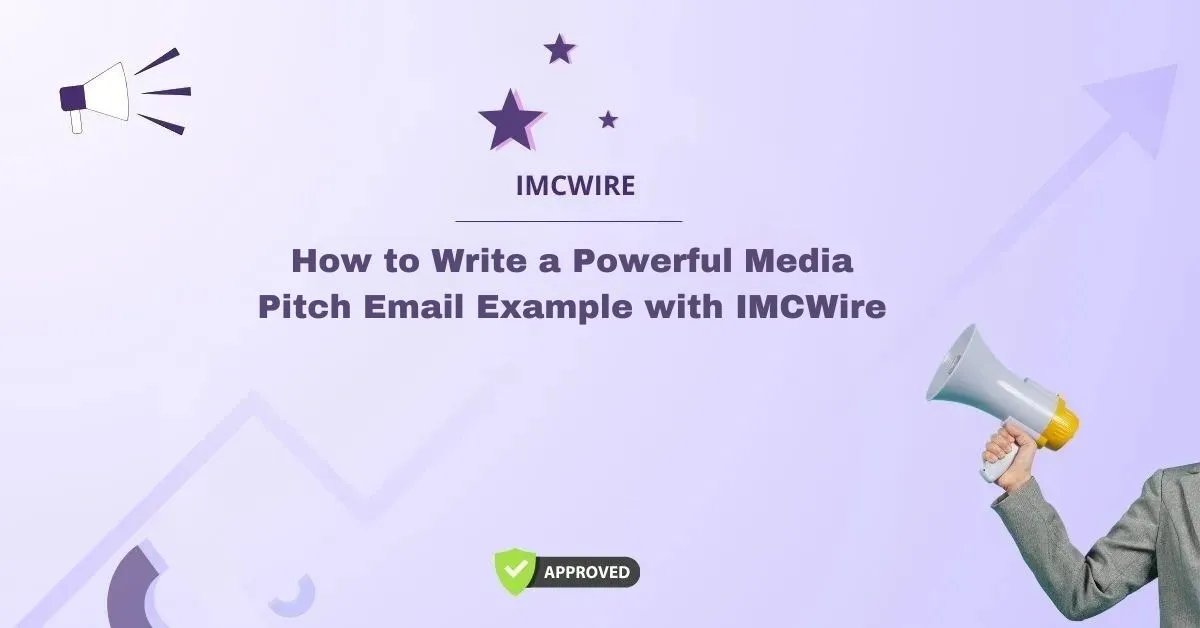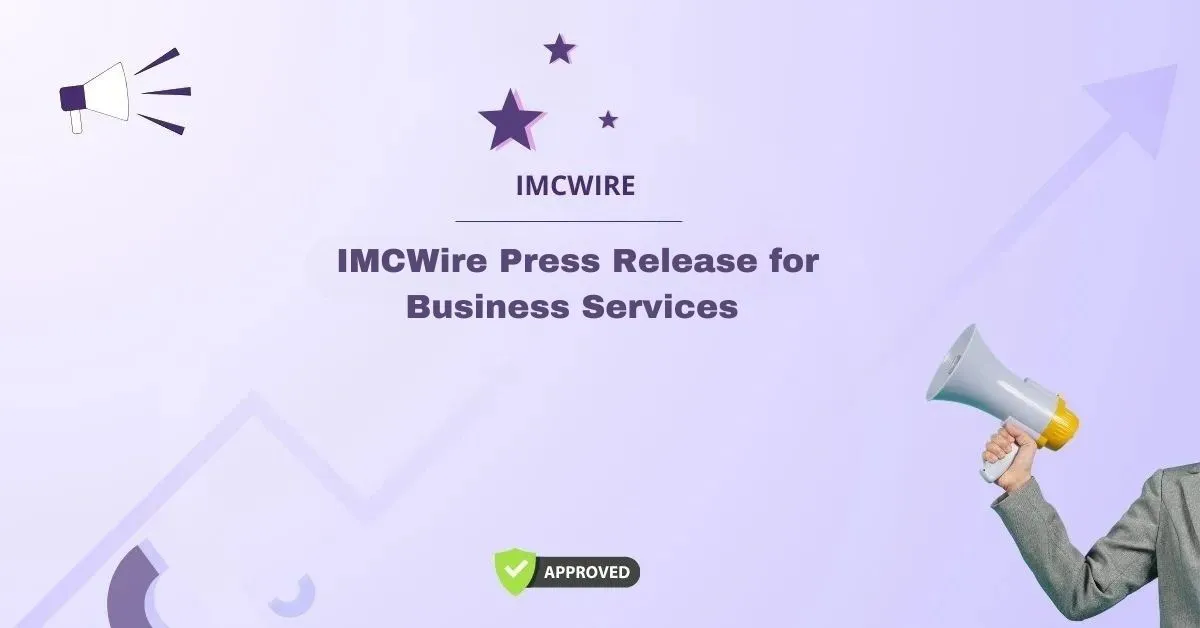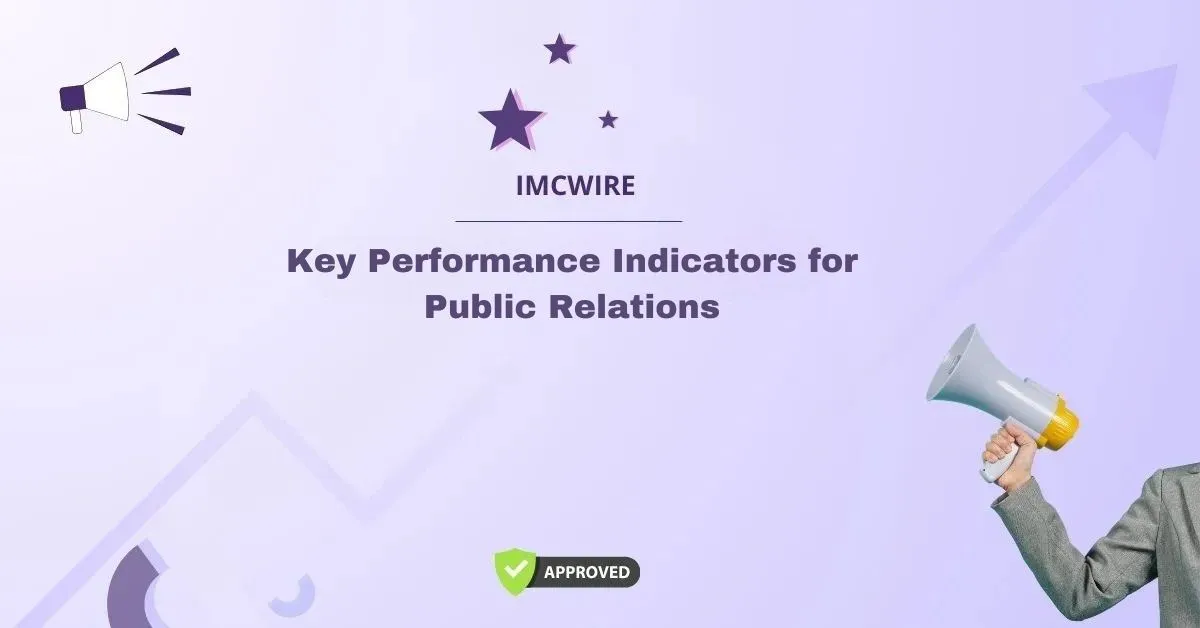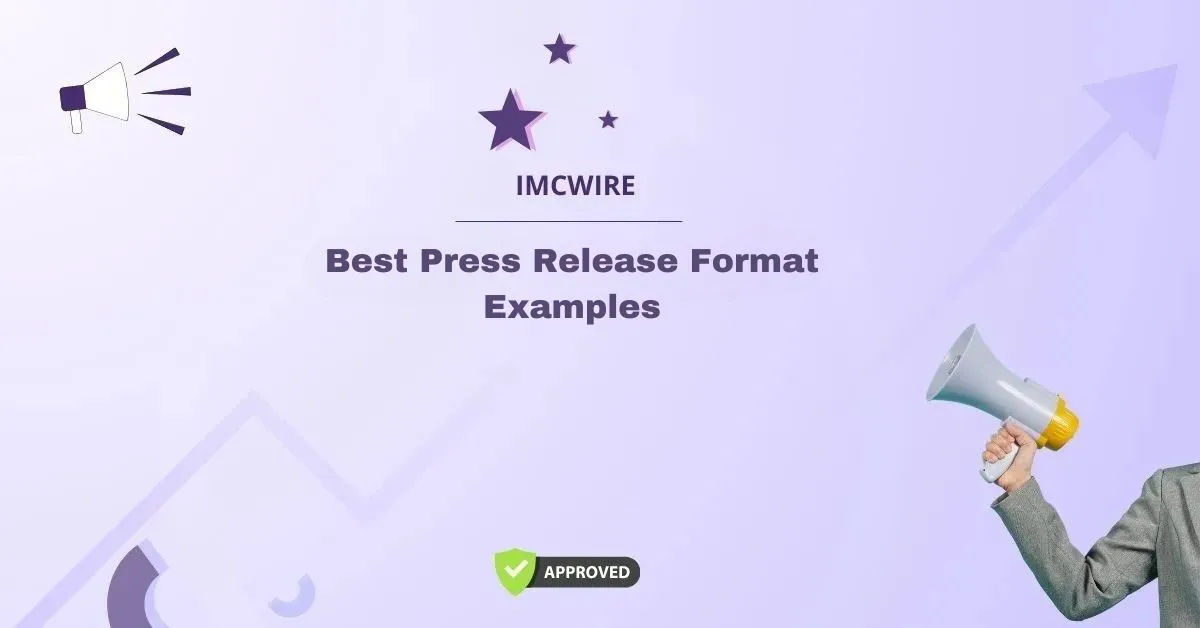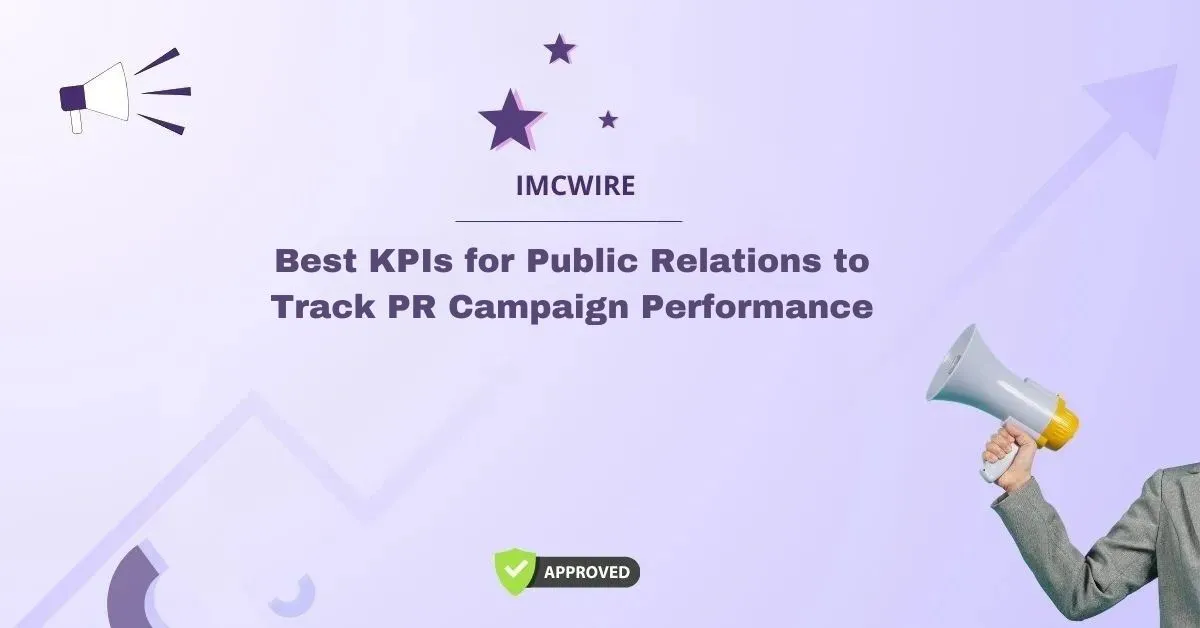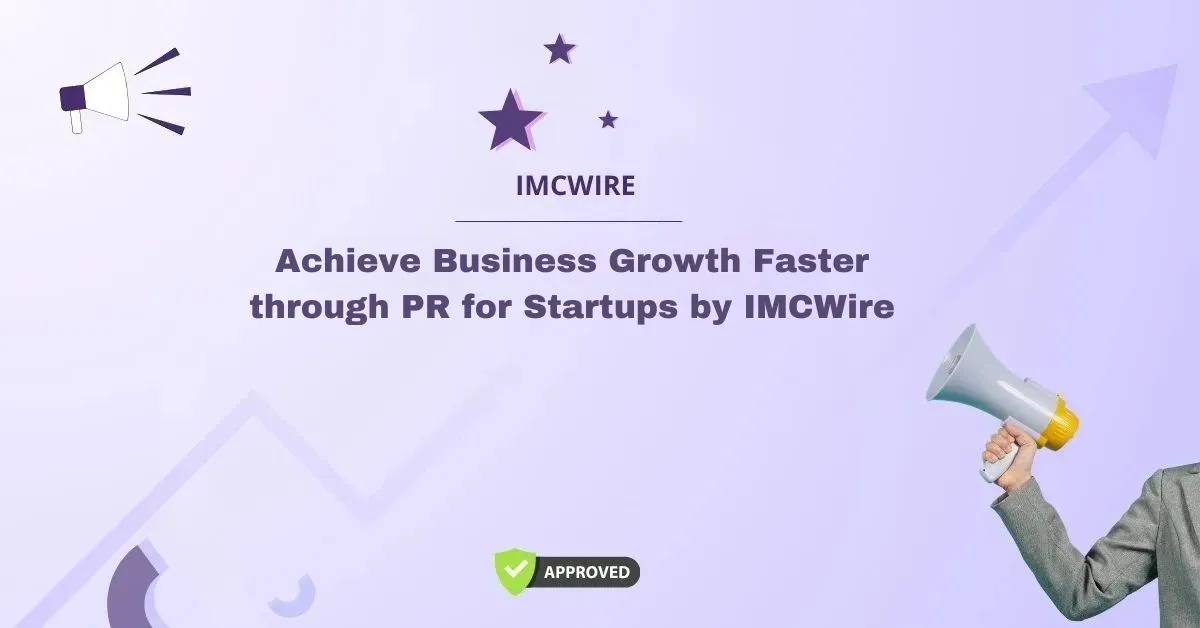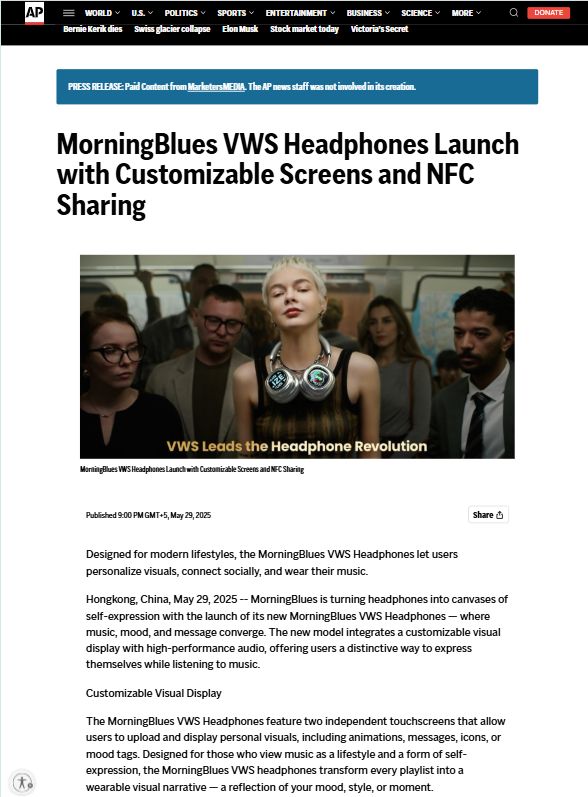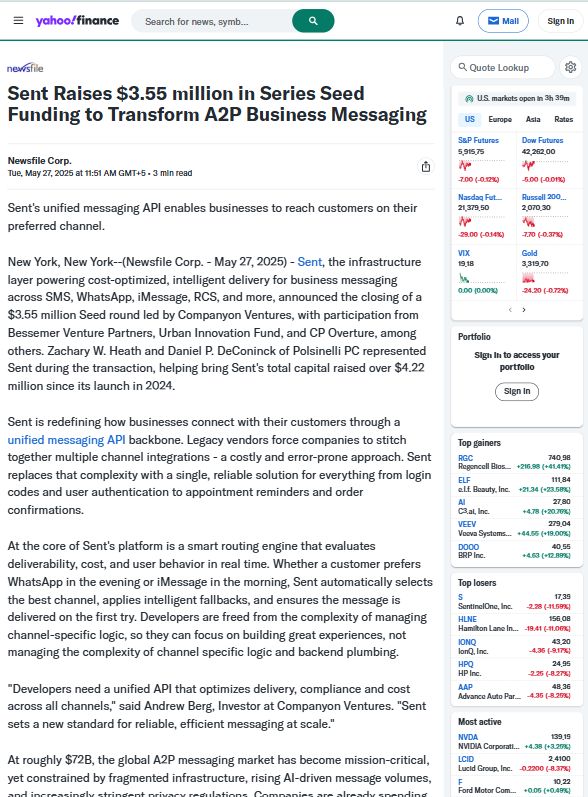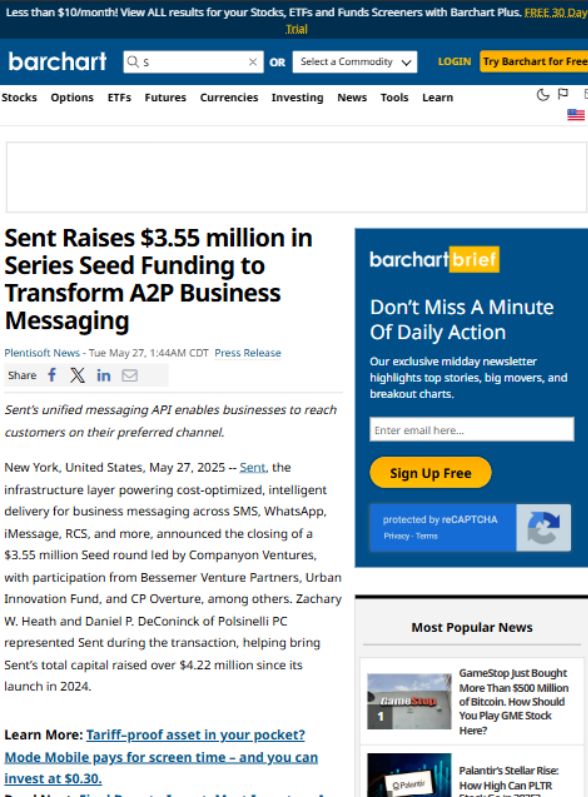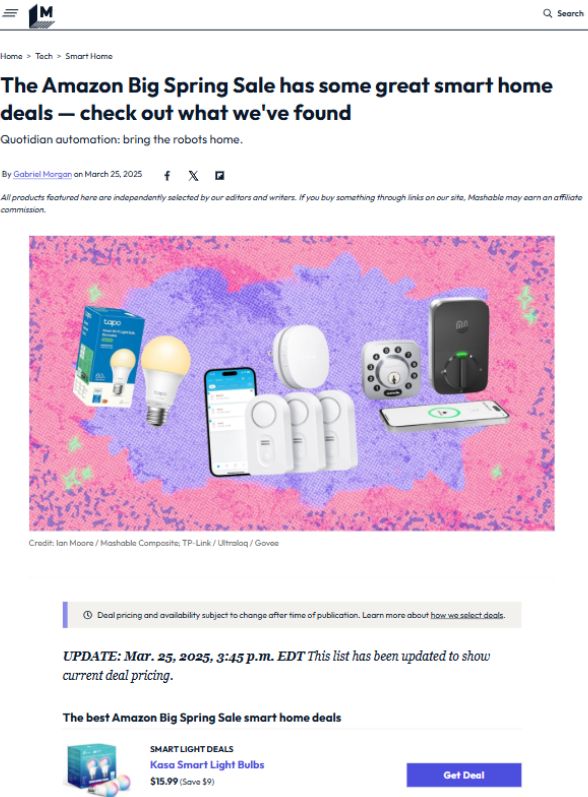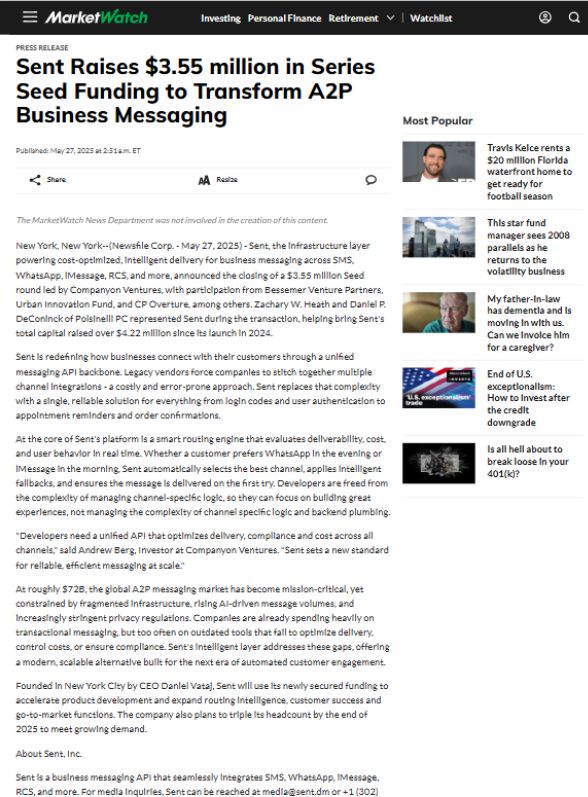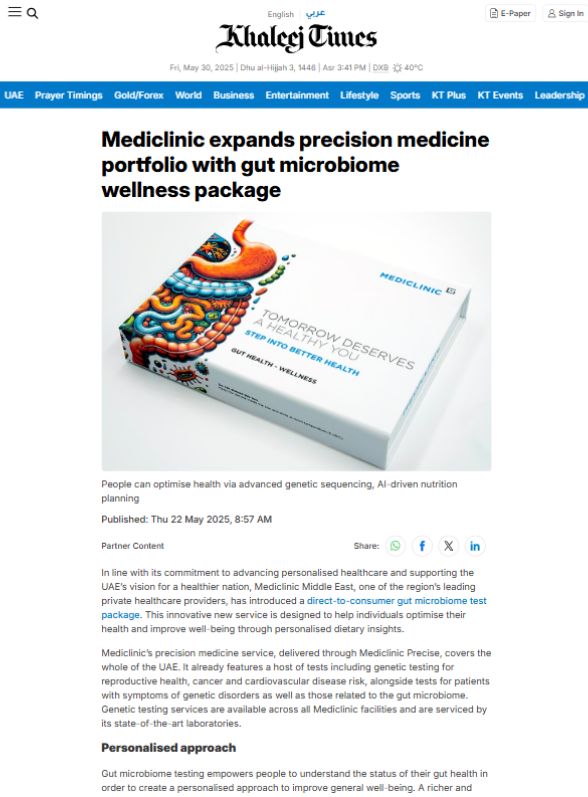In the competitive world of digital marketing, mastering search engine optimization (SEO) is crucial for online visibility and success. Among all its branches, technical SEO plays a foundational role in determining how search engines crawl, index, and rank a website. One of the most common and strategic questions digital marketers ask is, “how to rank my keyword on top technical SEO?”
If you’ve found yourself asking the same, you’re in the right place. At IMCWire, we believe in breaking down complex strategies into actionable steps that deliver measurable results. This comprehensive guide will walk you through everything you need to know to rank your keyword using top technical SEO techniques.
Table of Contents
Understanding the Role of Technical SEO
Before jumping into ranking tactics, it’s essential to understand what technical SEO actually encompasses. While content and backlinks are essential ranking factors, technical SEO ensures that your site is built in a way that search engines can easily crawl and index. It includes:
- Website architecture
- URL structure
- Site speed
- Mobile optimization
- Indexability
- Schema markup
- Canonicalization
- XML sitemaps
Mastering these components is the bedrock of ranking your keyword at the top of search results.
1. Conduct a Full Technical SEO Audit
To begin with, the first step in how to rank my keyword on top technical SEO is conducting a full audit of your current website infrastructure. Use tools like Screaming Frog, Google Search Console, and Ahrefs Site Audit to uncover issues that might hinder your performance.
Focus on:
- Crawl errors
- Broken links (404 errors)
- Duplicate content
- Missing or incorrect canonical tags
- Redirect chains
- Non-HTTPS pages
Fixing these issues ensures that search engine bots can access and understand your site more efficiently.
2. Optimize Your Website Structure for Search Crawlers
Site structure is pivotal in ensuring that your content is easily accessible to both users and bots. A flat, well-organized structure with strategic internal linking can distribute page authority and help index deeper pages.
To optimize your structure:
- Use silo architecture to group related content
- Ensure every page is reachable within 3 clicks
- Build contextual internal links to relevant keyword pages
- Create a clear and logical navigation menu
Remember, a solid website hierarchy improves crawlability and gives your target keyword pages a better shot at ranking.
3. Focus on Clean and SEO-Friendly URLs
When it comes to technical SEO, URLs are more than just web addresses—they’re signals to search engines about your page content. Clean, keyword-rich URLs can positively influence rankings.
Best practices include:
- Keep URLs short and descriptive
- Use hyphens instead of underscores
- Avoid dynamic parameters where possible
- Include your target keyword in the slug
For instance, instead of imcwire.com/page?id=123, use imcwire.com/how-to-rank-my-keyword-on-top-technical-seo.
4. Implement Schema Markup to Boost SERP Presence
Schema markup is structured data that enhances how your pages appear in search results through rich snippets. By helping Google understand the context of your content, you increase your chances of standing out in the SERPs.
Implement relevant schema types such as:
- Article
- Organization
- FAQPage
- Breadcrumb
- Product or Review (for e-commerce)
Use Google’s Structured Data Testing Tool to ensure there are no errors. When used properly, schema helps establish topical authority and indirectly supports your ranking goals.
5. Optimize for Mobile-First Indexing
With Google adopting mobile-first indexing, your mobile site must perform at par or better than your desktop version. Mobile responsiveness is now a direct ranking factor.
To optimize for mobile:
- Use responsive design
- Ensure buttons and menus are easily clickable
- Avoid intrusive pop-ups
- Optimize font sizes for readability
- Test using Google’s Mobile-Friendly Test tool
Pages targeting your keyword must load efficiently and function seamlessly on all devices.
6. Increase Site Speed and Core Web Vitals
Website speed is both a user experience and ranking factor. Google’s Core Web Vitals—Largest Contentful Paint (LCP), First Input Delay (FID), and Cumulative Layout Shift (CLS)—are technical metrics that impact your position in search results.
Improve your page speed by:
- Using image compression (WebP or AVIF formats)
- Minimizing CSS and JavaScript
- Leveraging browser caching and lazy loading
- Choosing a reliable, fast hosting provider
A site that loads in under 2.5 seconds will help increase your chances of ranking your keyword high.
7. Secure Your Site with HTTPS
Security is paramount not only for user trust but also for search rankings. Google has confirmed HTTPS as a ranking signal, and unsecured sites often get penalized or demoted.
Ensure your site has:
- A valid SSL certificate
- 301 redirects from HTTP to HTTPS
- All internal links updated to use HTTPS
- Secure cookies enabled
Your keyword-targeting pages must run securely to be competitive in today’s SEO environment.
8. Use Canonical Tags Properly
Canonical tags prevent duplicate content issues by telling search engines which version of a page is the original. Misuse of canonical tags can dilute keyword rankings and affect indexing.
Use canonical tags when:
- Publishing similar content across URLs
- Running e-commerce product variations
- Syndicating content to other domains
Correct canonicalization ensures that link equity isn’t split across multiple versions of the same page.
9. Maintain a Dynamic and Error-Free XML Sitemap
A sitemap helps search engines discover your pages. Keep your XML sitemap updated automatically with only canonical, indexable URLs.
Tips for a healthy sitemap:
- Include only important, live pages
- Update it regularly via your CMS or a plugin
- Submit it to Google Search Console
- Check for crawl errors or blocked URLs
This makes sure that your keyword-targeting pages are properly submitted for indexing.
10. Eliminate Duplicate Content Across Your Website
Duplicate content confuses search engines and prevents them from knowing which page to rank. Use canonical tags and redirects to fix issues, and always create unique content for your keyword strategy.
To prevent duplicate content:
- Avoid printing pages with session IDs
- Disable tag/category archives when unnecessary
- Don’t copy and paste manufacturer descriptions (for eCommerce)
- Set correct pagination using rel=”next”/rel=”prev” or canonical
Unique content, paired with strong technical SEO, helps your keyword gain better visibility.
11. Optimize Crawl Budget for Large Sites
For websites with thousands of pages, crawl budget optimization becomes a technical necessity. Crawl budget is the number of pages Googlebot crawls on your site in a given time frame.
To make the most of it:
- Block unimportant pages with robots.txt
- Consolidate low-value content
- Fix redirect loops and broken links
- Prioritize high-performing content
Efficient crawl budget usage ensures your keyword-targeting pages are discovered and indexed faster.
12. Monitor and Fix Indexing Issues via Google Search Console
No technical SEO strategy is complete without continuous monitoring. Google Search Console provides detailed insights into how your site is being indexed and where issues lie.
Use it to:
- Track keyword rankings
- Identify indexing errors
- Submit updated sitemaps
- Monitor mobile usability
Set alerts for issues and fix them as soon as possible to preserve your keyword rankings.
13. Use Hreflang Tags for Multilingual SEO
If your site targets multiple languages or regions, hreflang tags are a technical necessity. They tell Google which language and region versions of your content to show users.
Proper hreflang setup:
- Prevents duplicate content penalties
- Enhances user experience
- Increases keyword rankings in localized search
Always ensure the tags are implemented correctly and consistently in the HTML head or HTTP headers.
14. Automate with Technical SEO Tools and Plugins
To effectively manage technical SEO, automation is key. Several tools can streamline diagnostics, implementation, and monitoring.
Recommended tools:
- Yoast SEO or Rank Math (for WordPress)
- Screaming Frog
- Sitebulb
- SEMrush Site Audit
- Google PageSpeed Insights
- Cloudflare for CDN and security
With the right stack, your technical SEO strategy becomes more efficient and scalable.
15. Combine Technical SEO with On-Page Optimization
Technical SEO sets the foundation, but it must work hand-in-hand with on-page SEO to rank your keyword at the top. Once your technical structure is sound, move on to:
- Crafting compelling title tags with your keyword
- Optimizing meta descriptions
- Adding internal and outbound links
- Using header tags (H1, H2, H3) properly
- Writing comprehensive content with semantic keywords
A strong on-page strategy amplifies the benefits of your technical SEO foundation.
Conclusion
The journey to answering the question “how to rank my keyword on top technical SEO” starts with building a rock-solid foundation. It’s not about a single trick but a blend of structured site architecture, clean code, fast loading times, and precise indexing strategies.
At IMCWire, we stress the importance of treating technical SEO as a continuous process rather than a one-time fix. With regular audits, implementation of best practices, and constant optimization, your target keyword can achieve top ranking and sustained visibility.
Whether you’re a seasoned SEO professional or just starting out, following these steps will help position your content, and your brand, exactly where it belongs—on top.

